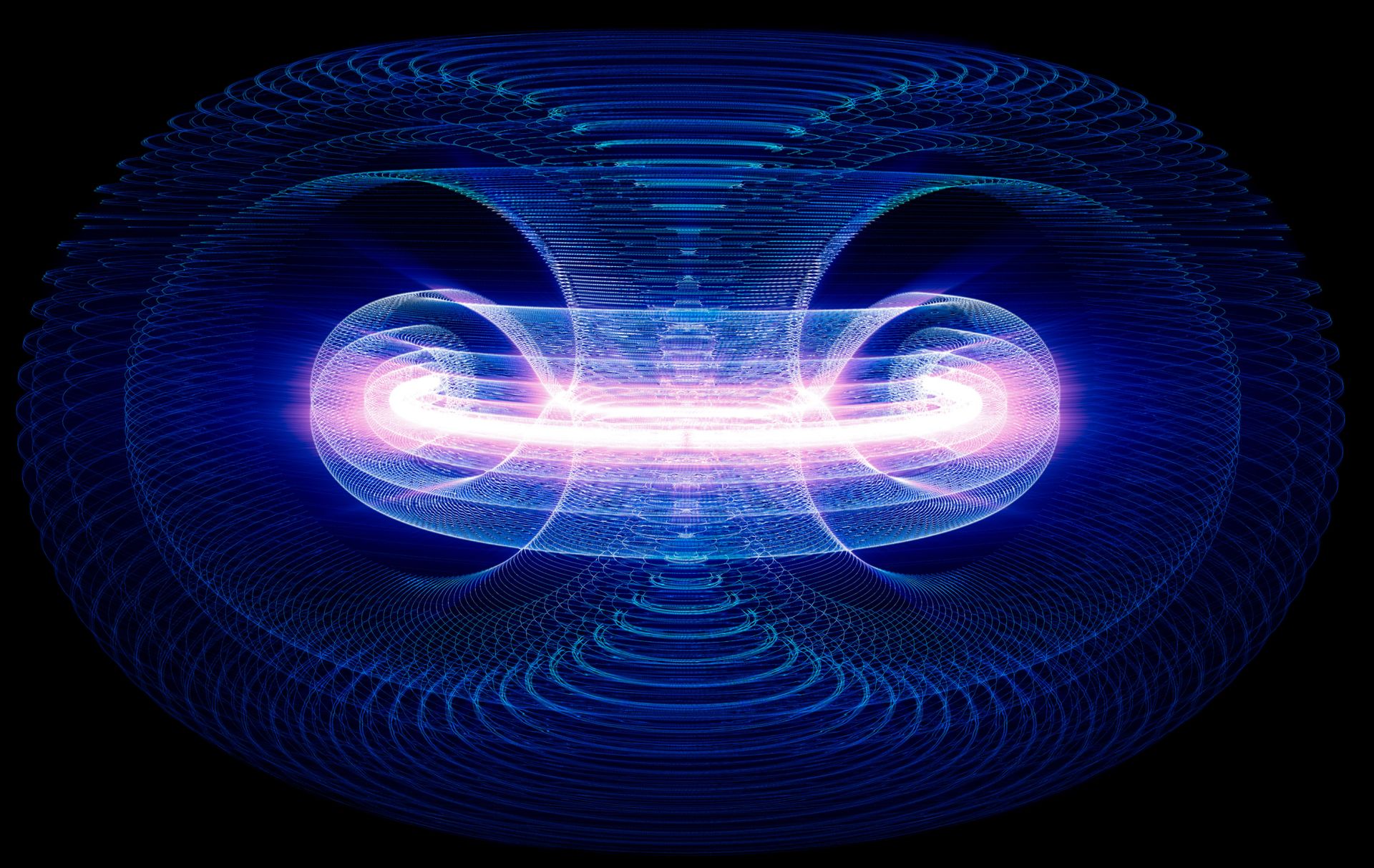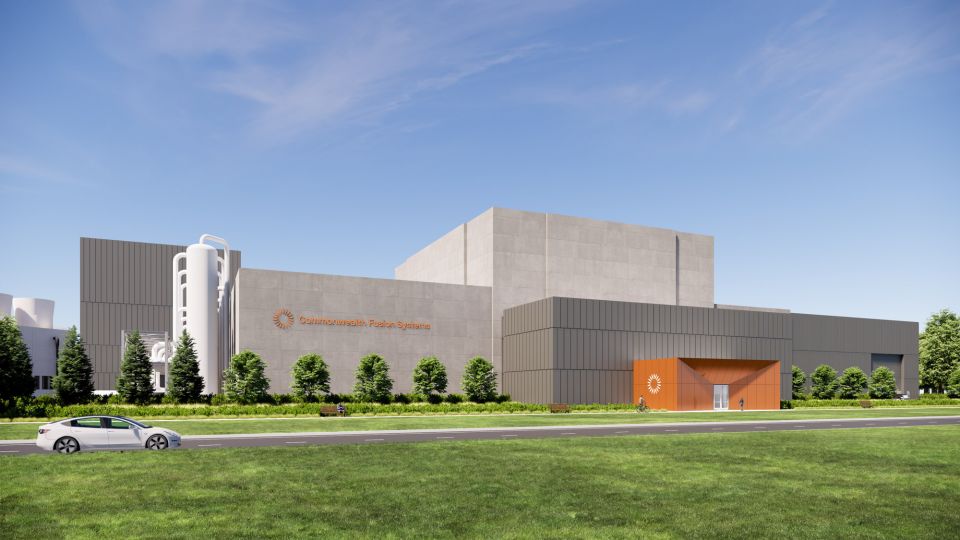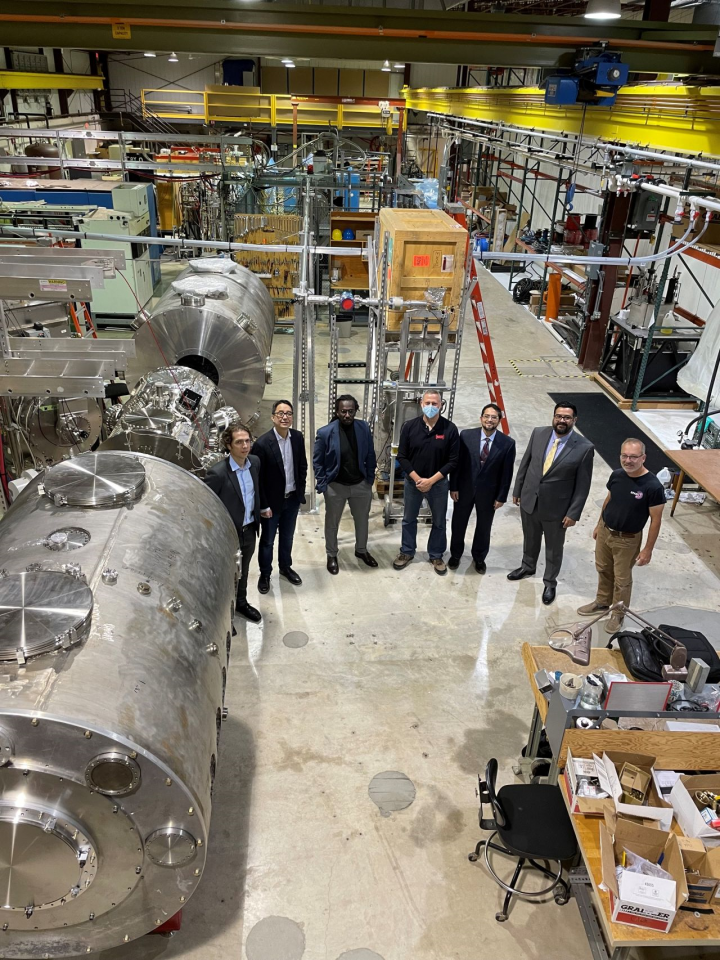EPFL researchers update fusion’s “Greenwald limit”

A newly released study led by physicist Paolo Ricci has revised a fundamental, foundational law of plasma generation and nuclear fusion by showing that more hydrogen fuel can safely be used in fusion reactors, thereby generating more energy than previously thought possible. Ricci, of the Swiss Plasma Center at the Swiss Federal Institute of Technology in Lausanne (EPFL), explains that his team’s results indicate that tokamaks, such as the international collaborative project ITER, could use almost twice the amount of hydrogen fuel in their plasmas without the danger of disruption, or loss of confinement of the plasma.
The research team’s findings amend one of the long-time limitations (the so-called Greenwald limit) in generating and sustaining the high-temperature plasma needed to produce fusion energy.










